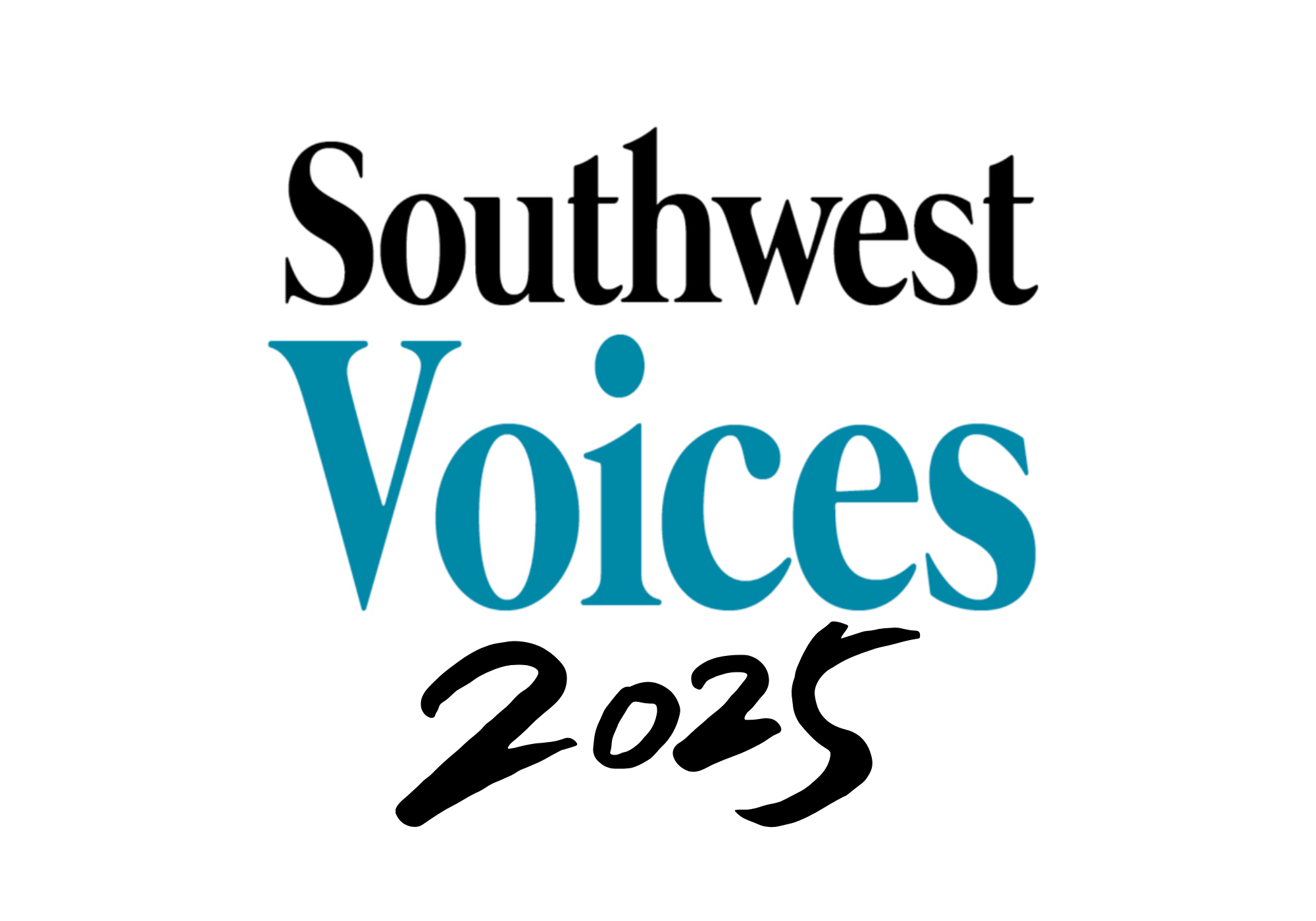This series is brought to you by Josh Zuehlke + Co., a real estate group and Southwest Voices sponsor. Josh will be answering questions you have about buying a house, the real estate market, and more. This conversation was taken from the transcript of a phone conversation.
If you have a question for him that isn’t covered here, submit it in the “Add Context” box below.
You mentioned in one of our previous conversations that you think multi-generational living will become more important in Minneapolis in the months and years to come. Why do you say that?
There’s a cultural shift happening. People are realizing that they want and need the support of their family. I think that’s becoming valuable to us again. Couple that with the affordability crisis that’s happening, it becomes a nice opportunity to maintain ownership and achieve ownership while supporting each other and our families.
I think it’s about affordability, but it’s also a cultural reawakening. In the “way back times” (laughing), it was a no-brainer. People lived with their families and multiple generations for a long time. As industrialization happened, we became more independent. In America, we realized that independence from our parents was the most important part of our identity - I’m a child of 60’s hippies, it was all part of their revolution. We’re coming back to the idea that we need our families and want to create a support system.
When thinking about that trend, do you think multigenerational living will come more from existing housing stock, or is it something we’ll have to build for?
I think the majority of this will come from creative use of existing stock. While very controversial, the 2040 Plan in Minneapolis has created an opportunity to build for it on a traditional city lot. Because this allows as many as three units on a residential lot - or more on busier corridors - we could see that happening. The opportunity to do accessory dwelling units could create multigenerational options as well.
That said, with the cost of materials and labor on the rise, I don’t think developers are thinking about building multigenerational housing. So I wouldn’t expect us to see a lot of this happen.
Thinking about the 2040 Plan, we haven’t seen a ton of the “missing middle” housing. Why do you think that is, and how could we incentivize that?
On a single family lot, it’s hard for a developer to make a two, three, or four unit building work from a cost standpoint. Costs for goods went way up, and while they’ve gone down a bit, labor costs are now on the rise. It’s not getting any less expensive to build new construction on in-fill lots. The numbers don’t really work right now until you get to about 12 units, and capital “A” affordable housing (subsidized) can be done, but takes experts in the space and a lot more time.
In the last newsletter that you sent out, Fulton’s home prices have come way up, and have pulled pretty close to even with Linden Hills. Why do you think that’s happened?
I think people are realizing the benefits of its location. You get walkability to 50th & France and access to amenities. Those increases in prices are a reflection of people wanting access to amenities and walkability.
Also, as Linden Hills has significantly increased in price over the last decade, it’s become more challenging to do a tear-down in Linden Hills, whereas Fulton it may still be attainable to build a new construction house. The recession actually led to a lot of new builds in Linden Hills because it bottomed out pricing. As prices increase in general and more infill happens, Fulton will catch up.

.jpg)







